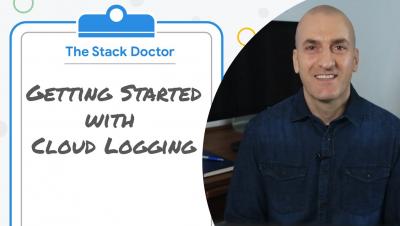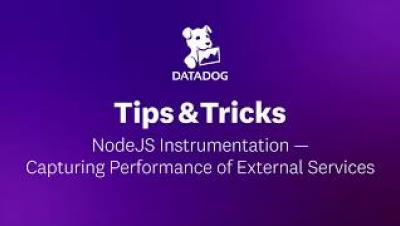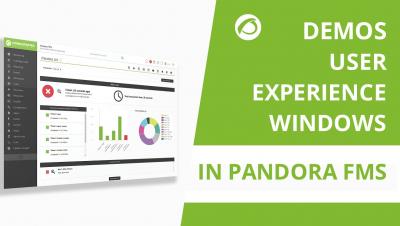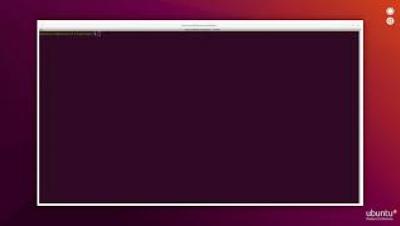Monitoring SSL Certificates for Expiration
In this tutorial, you will learn how to set up a monitoring device to check for SSL Certificate expiration. Set a reminder and configure alerts to get notified before your SSL Certificates expire! Learn more about SSL Certificate monitoring with Dotcom-Monitor.











